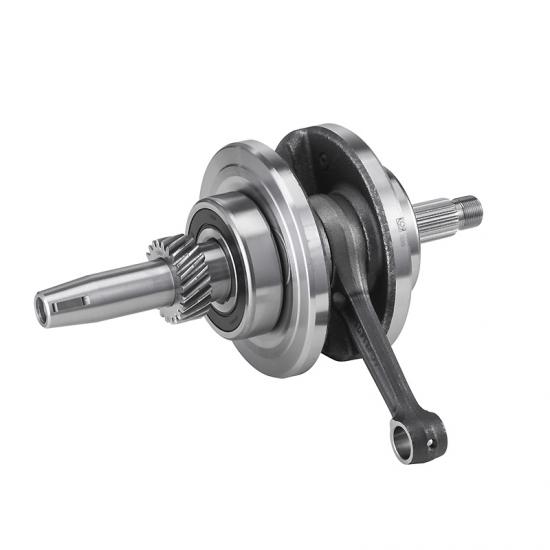Introduction of motorcycle structure - Part 1
Motorcycle engines do the same way that car engines work. The engines consist of pistons, a cylinder block and a head, which contain the valve train. The pistons are driven by explosions of a fuel-air mixture that has been ignited by a spark and results in moving up and down in the cylinder block them move. The fuel-air mixture is allowed to enter the combustion chamber by valves open and close. By moving up and down of pistons, they turn a crankshaft, which transforms the energy from the pistons into rotary motion. The rotational force of the crankshaft is delivered to the rear wheel of the motorcycle via the transmission.
Motorcycle transmission
A motorcycle engine can produce a huge amount of power, which must be transferred to the wheels of the motorcycle in a controllable way. The power is delivered with motorcycle transmission to the rear wheel through a series of devices that include the gear set, the clutch and the drive system.
Gear set
A gear set is a group of gears that enable a motorcycle to be moved from a zero to a high speed. Transmissions on motorcycles typically have four to six gears. The gears are engaged by shifting a lever, which moves shifting forks inside the transmission.
Clutch
A clutch can engage and disengage power from the engine crankshaft to the transmission. Without the clutch, the only way to stop the wheels would be switched off the engine. The clutch is a numbers of spring-loaded plates that, when pressed together, the transmission is connected to the crankshaft. When the gears are shifted, the transmission will be disconnected from the crankshaft through the clutch. Once the new gear is selected, the connection will be reestablished by the clutch.

评论
发表评论